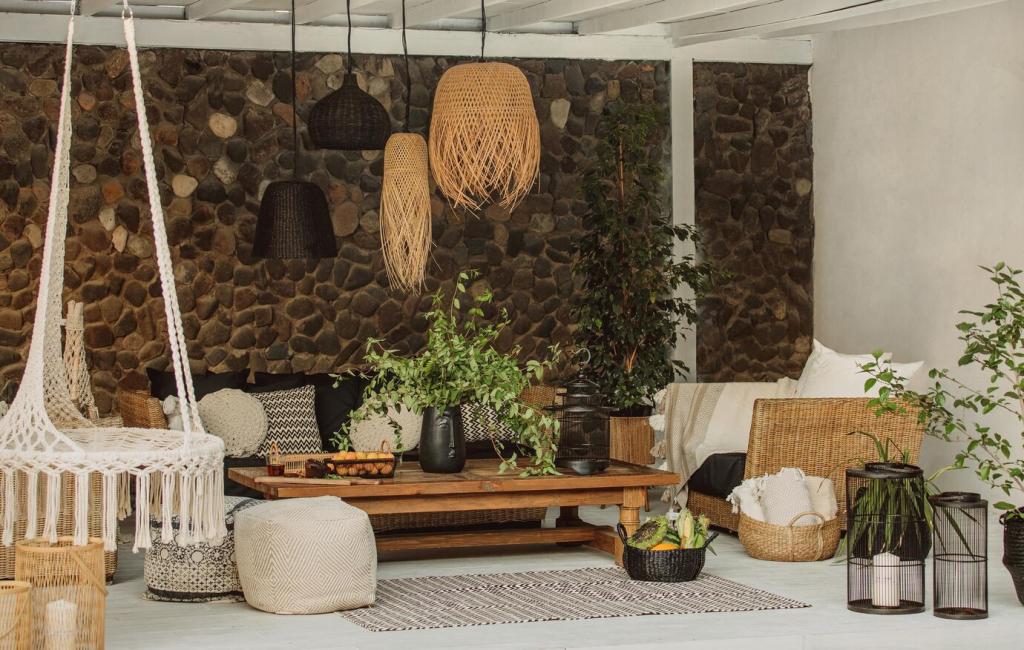Eco-Friendly Interior Materials
Eco-friendly interior materials are shaping the future of sustainable design, bringing environmental responsibility, health benefits, and innovative aesthetics into our homes and workplaces. Opting for green materials not only reduces the ecological footprint of a space but also enhances indoor environmental quality, contributing to better well-being for inhabitants. These materials prioritize resource conservation, responsible sourcing, and long-term durability without sacrificing style or comfort. Understanding the scope and value of eco-friendly interior materials empowers homeowners, designers, and businesses to make informed decisions that benefit both people and the planet. Explore the foundations of sustainable living through the thoughtful integration of these materials into every corner of interior design.
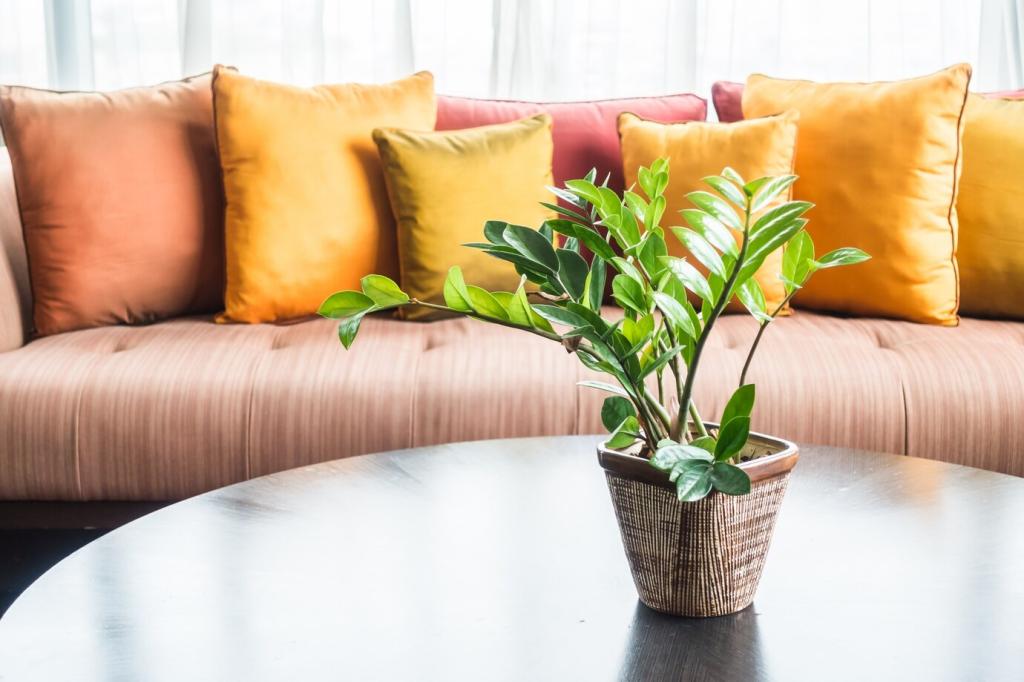
Certified Hardwood
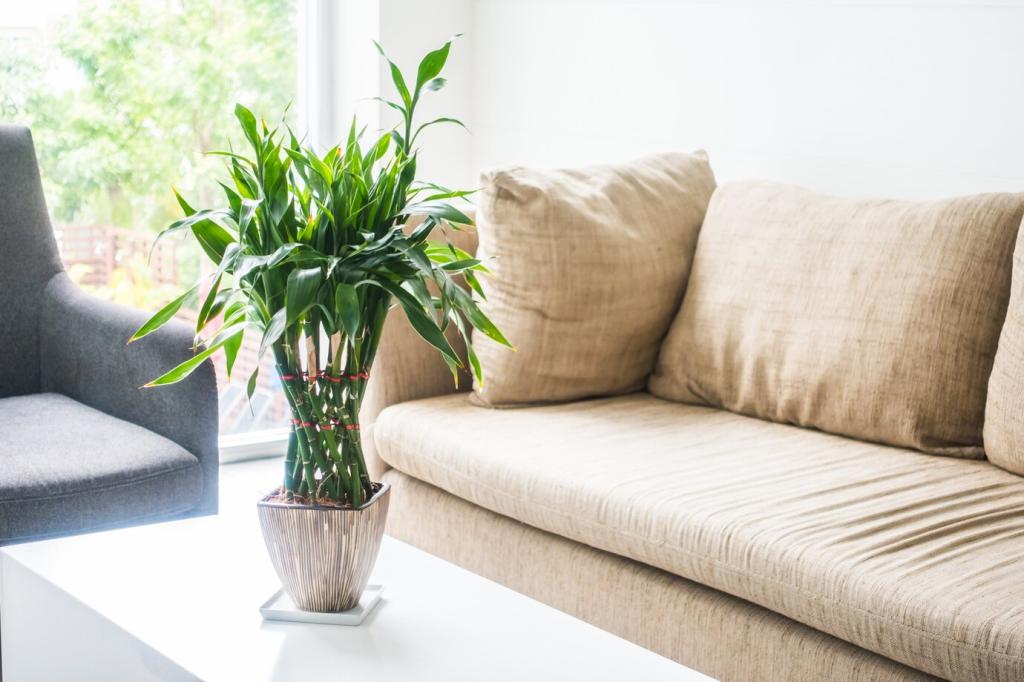
Bamboo’s Rapid Renewability
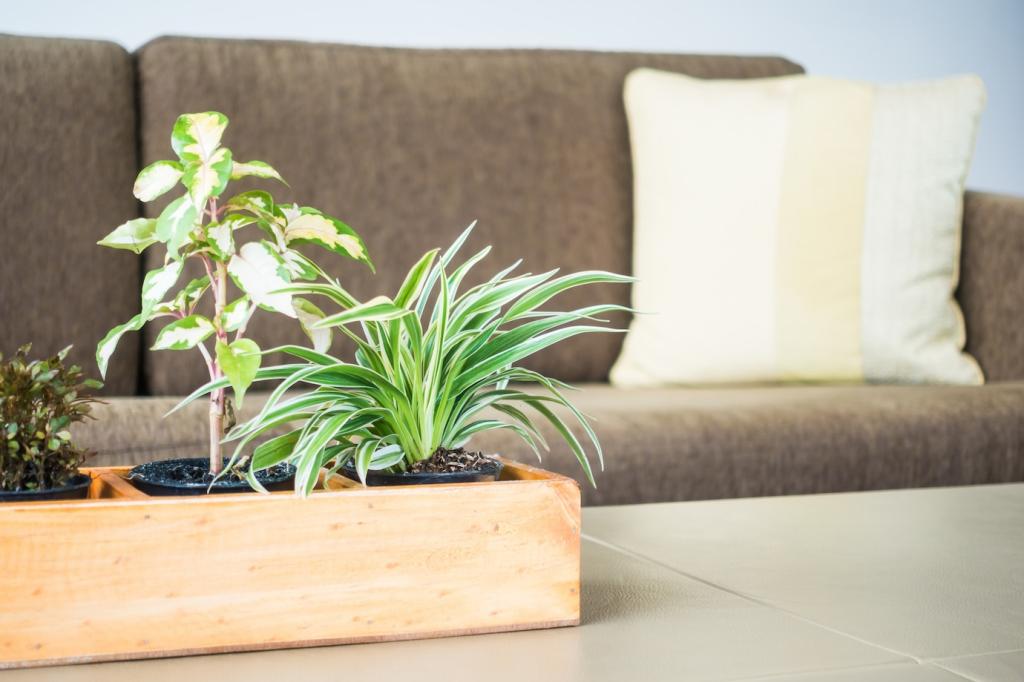
Reclaimed Wood Aesthetic
Recycled and Upcycled Materials
Recycled Glass Surfaces

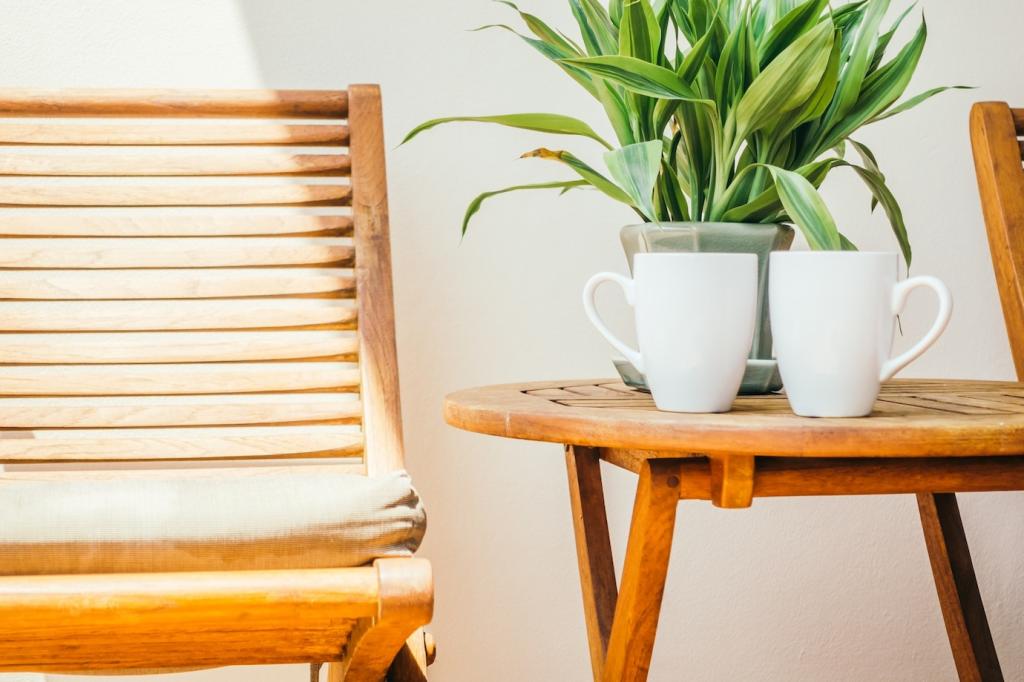
Upcycled Furniture Magic
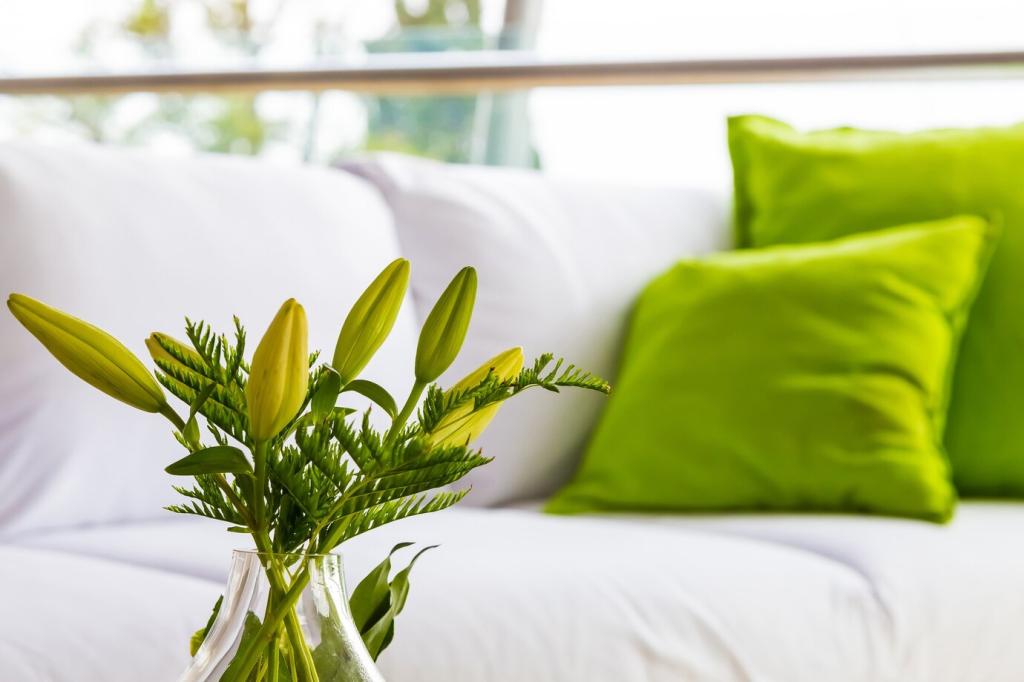
Organic Cotton Comfort
Luxurious Linen
Wool’s Natural Performance
Low-VOC and Non-Toxic Finishes
Safe Paints and Coatings
Non-Toxic Sealers
Healthy Adhesives
Clay, Stone, and Earthen Materials
